
Electronics
Silica gel is used to protect electronic devices and components from moisture damage during storage and transportation.
Cameras, smartphones, laptops, and other electronic devices.
Keeping Fruits Fresh as the day one
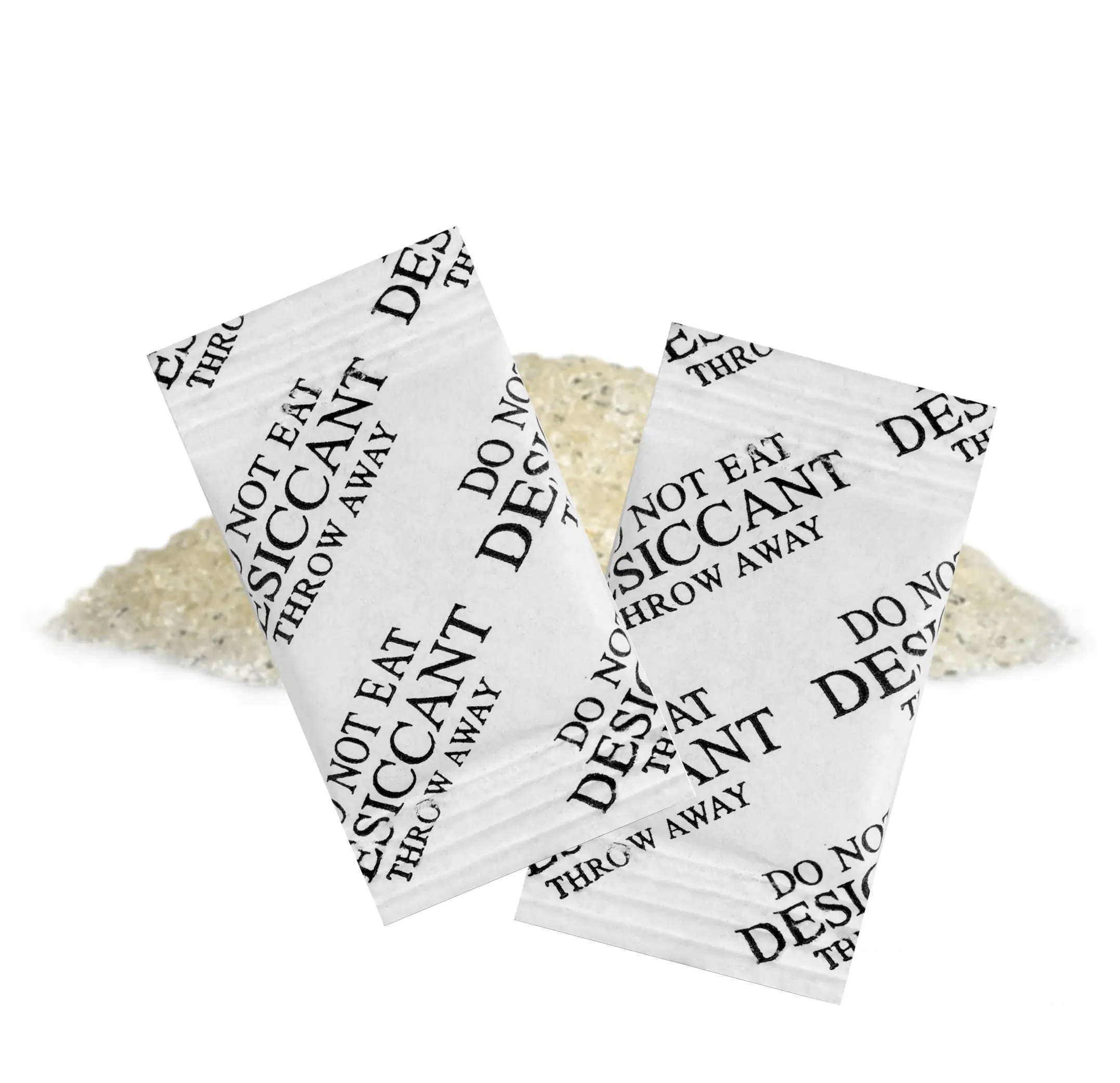
Silica gel is a granular, synthetic form of silicon dioxide (SiO2) which is found naturally in materials like quartz and sand. The formula for silica gel is SiO2·nH2O, where nH2O represents the variable number of water molecules associated with each silicon dioxide unit which is a porous substance that has a high capacity for absorbing and holding moisture. The presence of water molecules within the porous structure of silica gel allows it to effectively absorb and hold moisture. As the moisture-laden air comes into contact with the silica gel, the water molecules are adsorbed onto the surface and trapped within its pores, leading to the drying or dehumidifying effect for which silica gel is known.
Silica gel is commonly used as a desiccant to control humidity and prevent moisture-related damage in various products and environments. It is often found in small packets or sachets that are included in product packaging to keep the contents dry.
It's important to note that the exact formula and properties of silica gel can vary depending on factors such as manufacturing methods and specific formulations used by different manufacturers.
The main function of silica gel is to control humidity. It works by attracting and trapping water molecules through physical adsorption. When exposed to a high-moisture environment, such as in a closed container or packaging, the silica gel absorbs the excess moisture, preventing condensation, mold growth, and degradation of the enclosed products.
Silica gel is commonly used in various industries and applications.

Silica gel is used to protect electronic devices and components from moisture damage during storage and transportation.
Cameras, smartphones, laptops, and other electronic devices.
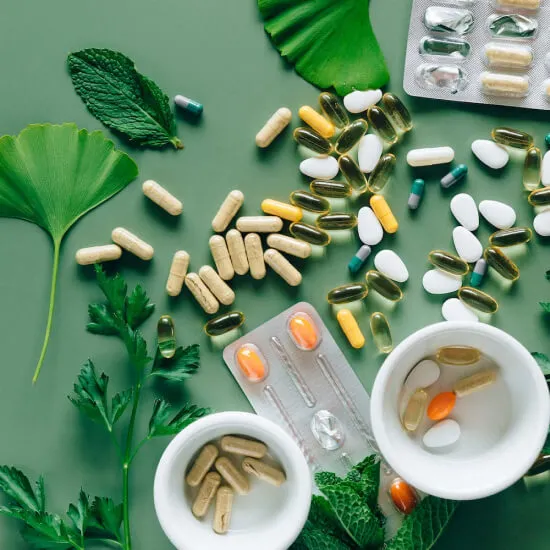
It is used in packaging to maintain the quality and shelf life of medicines Medications, vitamins, and supplements by preventing moisture-related degradation.
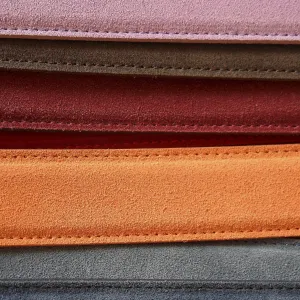
Silica gel helps prevent moisture damage and mold growth in leather products, shoes, clothing, handbags and wallets.

Silica gel packets are often included in food packaging to absorb moisture and maintain freshness of product like Dried fruits, jerky, snacks, and powdered goods.

Silica gel can be used to protect items like documents, photographs, jewelry, and collectibles from moisture damage during storage.

Car parts, tools, and accessories.
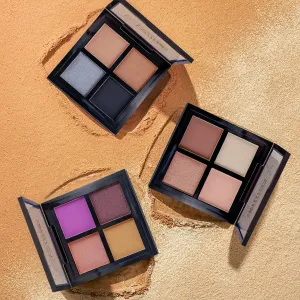
Makeup, skincare products, and toiletries.
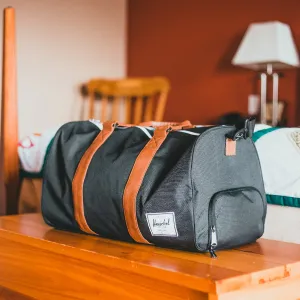
Shoes, gloves, and workout gear.
⚠ It's important to note that while silica gel is non-toxic, it is not meant for consumption and should be kept away from children and pets.
Silica gel is not necessary for all products and environments. Here are some examples of products that typically do not require the use of silica gel:
1. Fresh produce: Fruits and vegetables that are meant to be consumed soon after harvest do not require the use of silica gel
2. Outdoor gear: Items like camping equipment, hiking boots, and backpacks are designed to withstand exposure to moisture and do not require silica gel.
3. Stationery: Paper-based products like notebooks, envelopes, and printer paper do not typically require the use of silica gel.
4. Toys: Most toys are not sensitive to moisture and do not require the use of silica gel.
5. Furniture: Solid wood furniture is generally not sensitive to moisture and does not require the use of silica gel.
6. Glassware: Glass products like drinking glasses, vases, and mirrors do not typically require the use of silica gel.
Of course, there may be exceptions to these general guidelines depending on specific circumstances or environmental factors. It's always a good idea to consult the manufacturer's recommendations or seek professional advice if you are unsure whether a product requires the use of silica gel.
